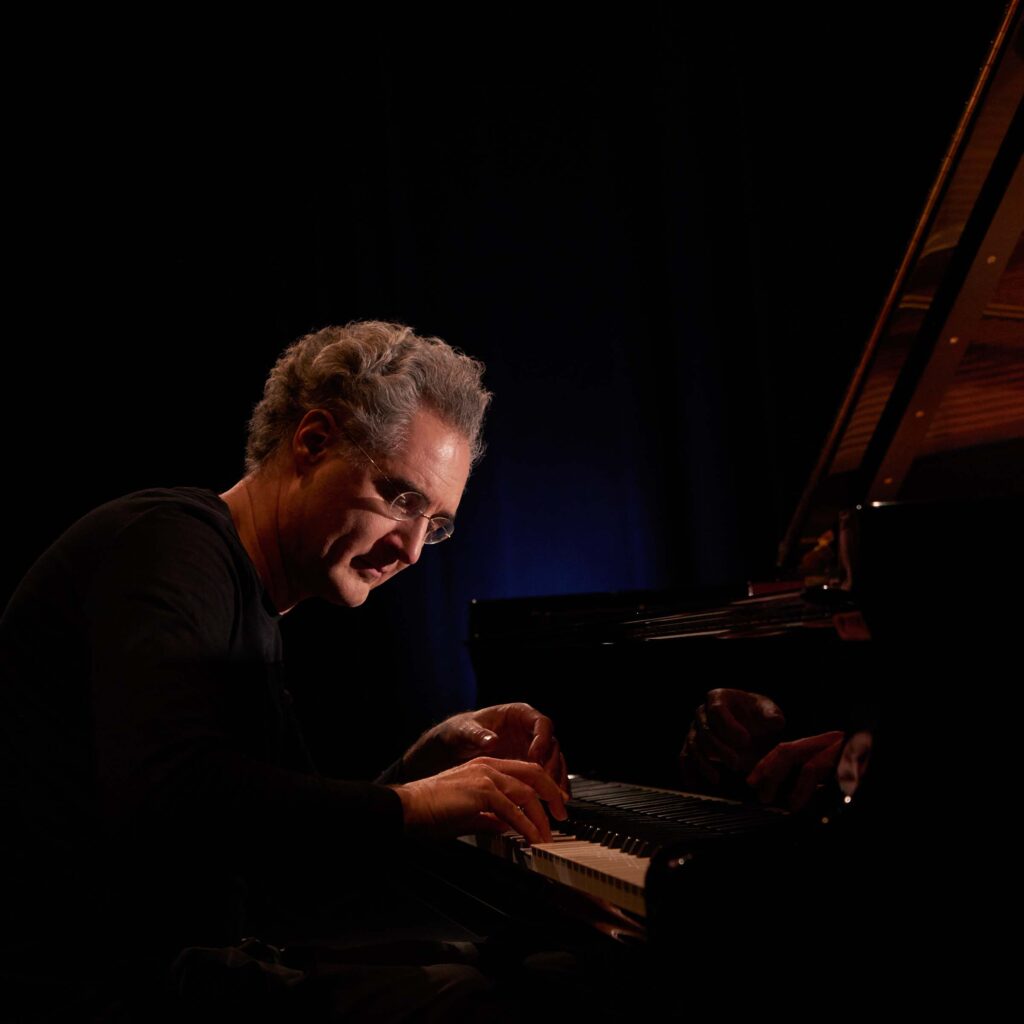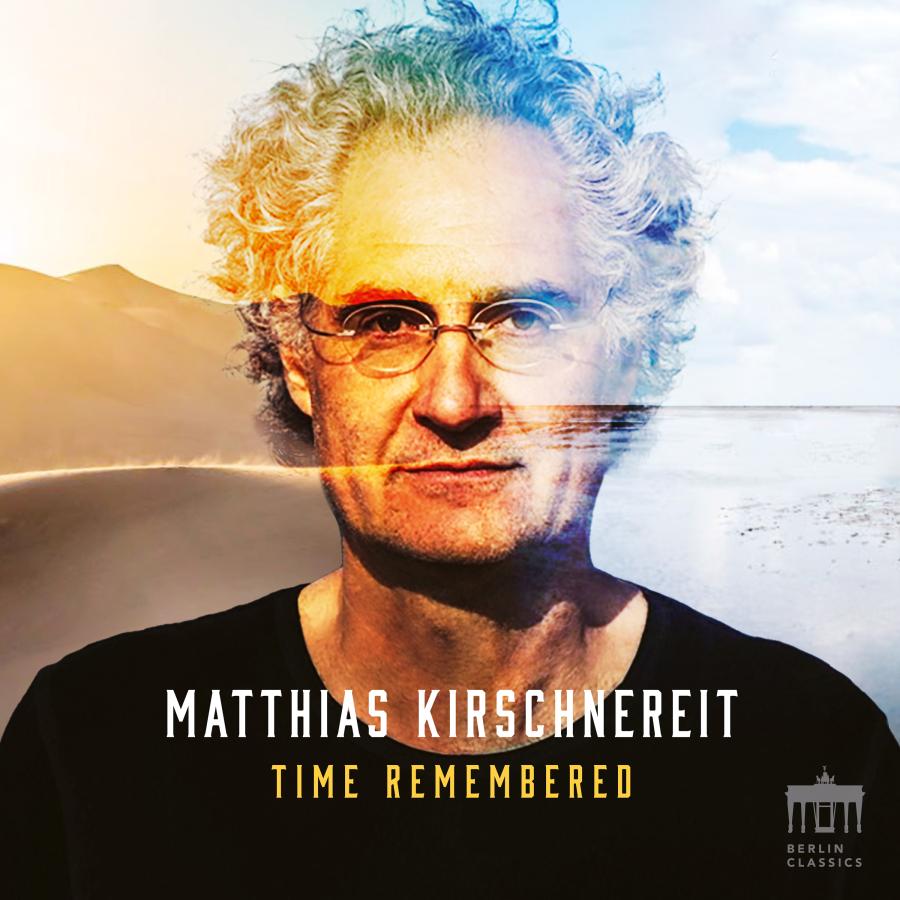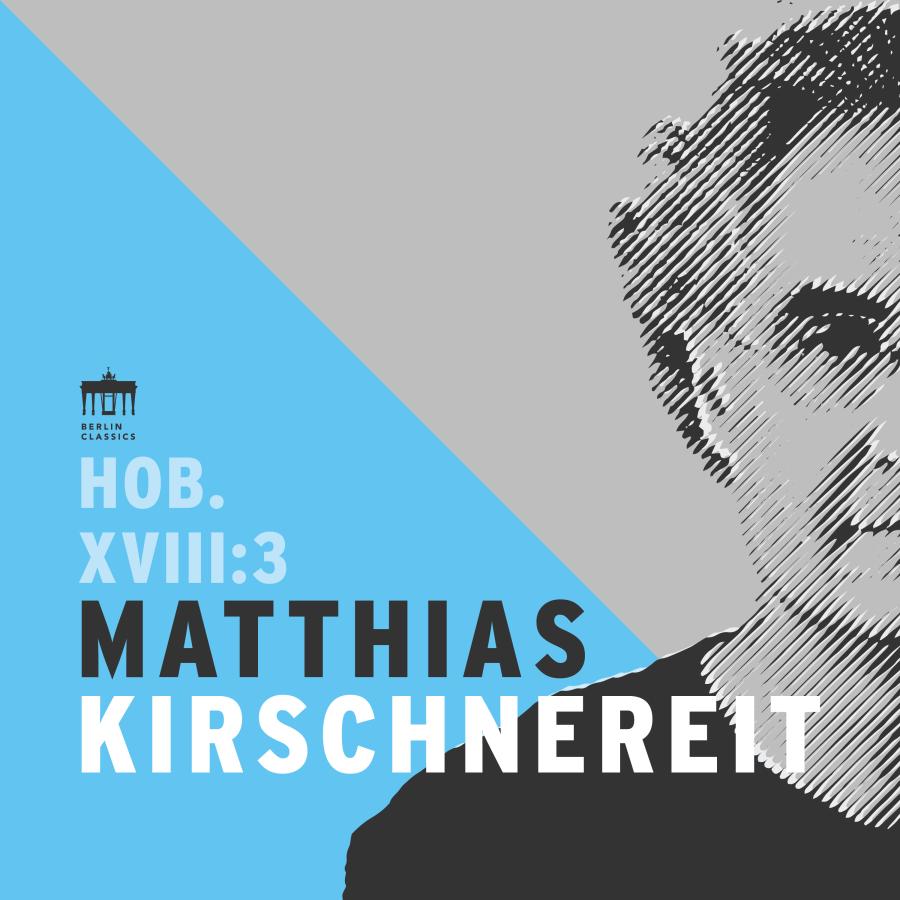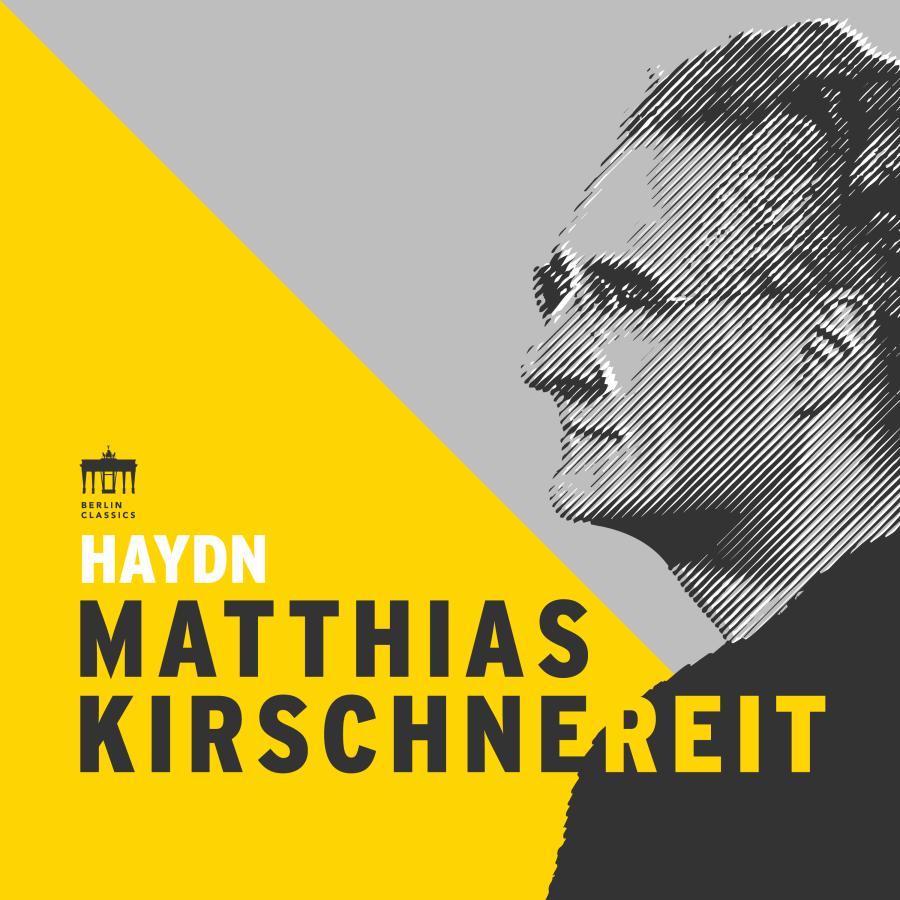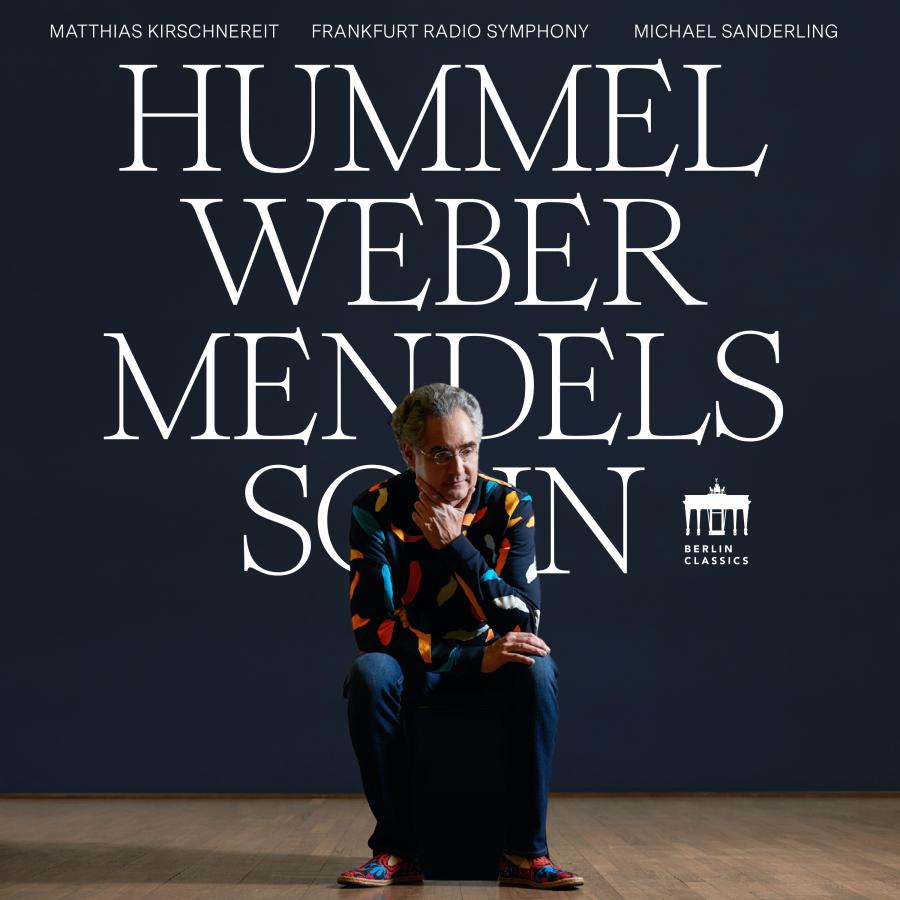The Unknown Beethoven – is there such a thing?
Ludwig van Beethoven is one of the most performed composers of all time. The Beethoven anniversary year of 2020 will see countless releases of his famous works, be it the nine great symphonies, the 32 piano sonatas or other instrumental masterworks such as the Violin Concerto in D major. The pianist Matthias Kirschnereit has therefore given himself something of a challenge for his new album by researching and recording the small but nevertheless brilliant jewels of Beethoven’s piano repertoire.
“On this album it is my aim to bring to life those works by Beethoven that are seldom in the limelight and to let them sparkle anew. They include pieces that are not going to set the world on fire. I am no archaeologist who hunts around in attics, libraries or archives in search of works yet to be published. Everything he ever wrote has already been published. So I set about compiling a list – and I was utterly amazed,” explains Matthias Kirschnereit
The album offers an overview of all the important genres in Beethoven’s piano oeuvre, such as sonatas, sonatinas, variations and dances, as well as a summary of the great man’s compositional development. Starting with his musical beginnings in the Rondo in C major WoO 48, which he wrote at the age of just 12 or 13, through to his final musical aphorisms such as the Piano Piece in G minor WoO 61a of 1825: a score comprising a mere 13 bars that expresses his deep sorrow at what must surely have been the greatest loss of his life, his hearing. For Matthias Kirschnereit, to interpret a sense of empathy for the composer’s emotions, or to lend a psychological interpretation of music is one of the most exciting tasks for a performer. “It is always a magical moment when the work ‘speaks to you’!”
In the case of one work in particular, Matthias Kirschnereit found it especially exciting to research the emotional background: the Prelude in F minor, probably composed around 1803. When one hears the work for the first time, it is difficult to place it. Its stylistic proximity to the preludes of Johann Sebastian Bach’s Well-Tempered Clavier is stark and at first hearing it does not really sound like Beethoven at all. Yet on closer inspection the depth and pain that are clearly evident are surely proof that only Beethoven could have composed this work. “For me it is like a dialogue between Beethoven and Johann Sebastian Bach by candlelight; a dialogue full of sorrow, loneliness and melancholy,” declares Kirschnereit of this deeply moving work. It is easy to imagine the work being composed at night and how it must have felt to Beethoven like an intimate conversation with the other patriarch of music, Johann Sebastian Bach.
Snapshots from Beethoven’s life are intertwined throughout the entire album, and the works, some of them very short, almost seem like excerpts or single lines from a diary. Beethoven’s life was hugely influenced by emotions and setbacks, and these are clearly reflected in some of the works on the album. Yet the album is not solely made up of brooding, sad pieces. Enjoyable, day-to-day moments are also portrayed in musical miniatures, thereby giving a very wide-ranging, diverse overview of this composer, born 250 years ago.




